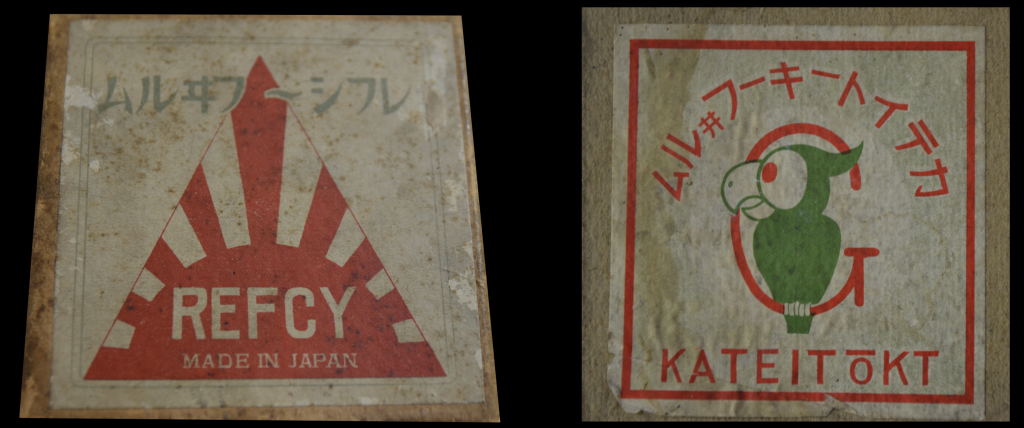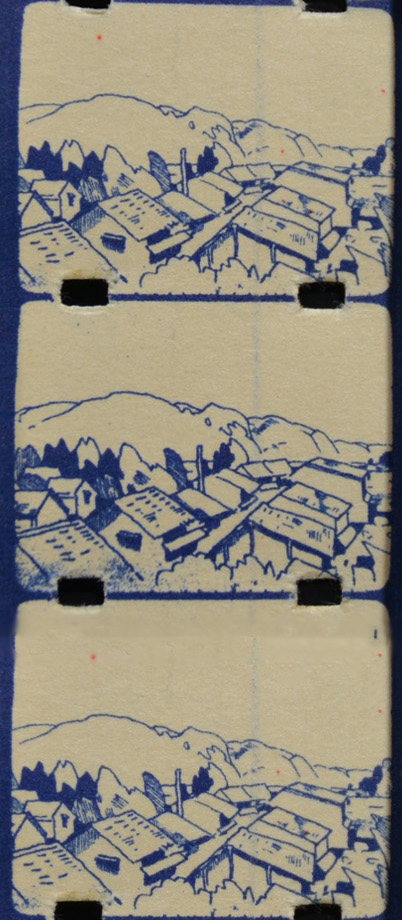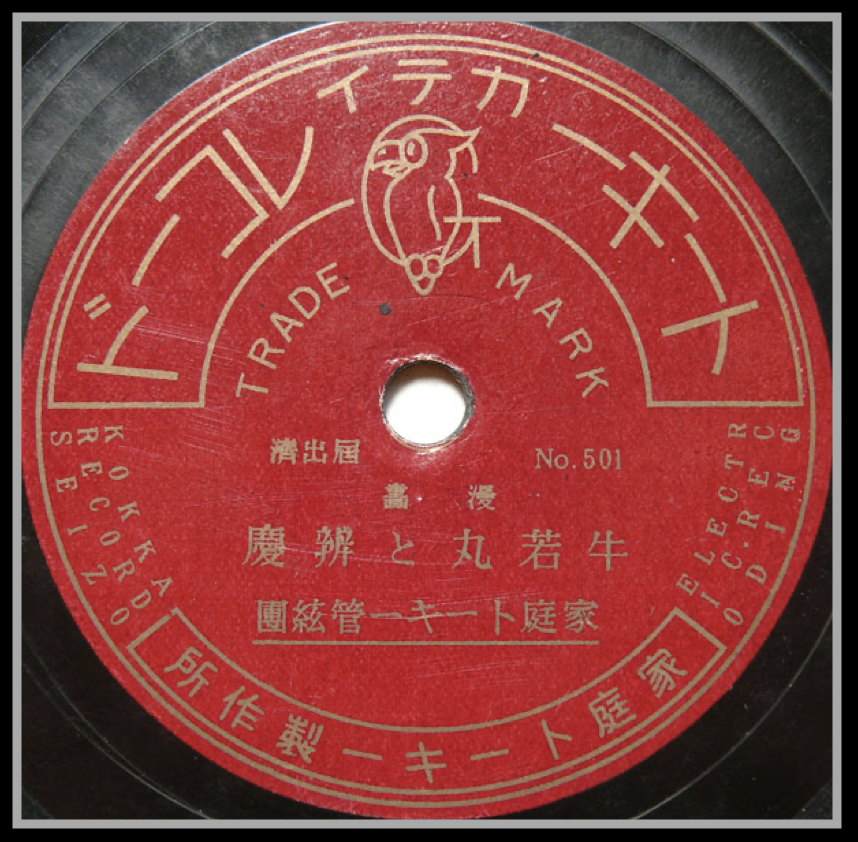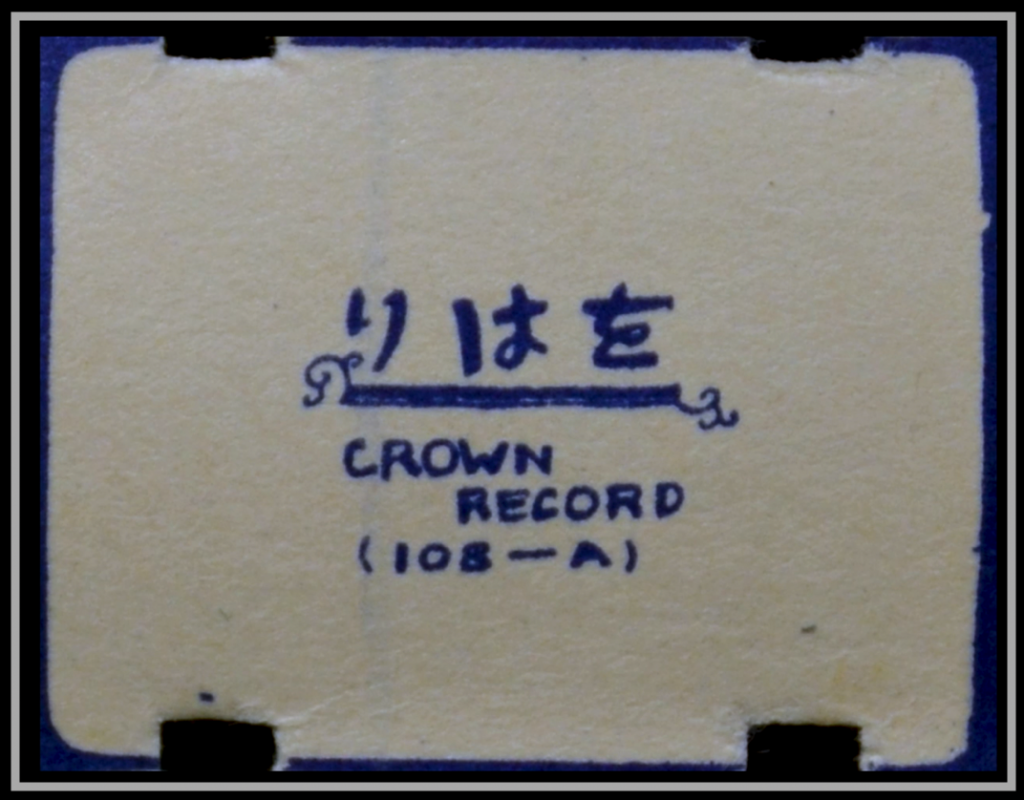LATEST NEWS:
INTRODUCTION
In the 1930s, several Japanese companies produced films made on paper (“kami firumu”) instead of celluloid. The Japanese Paper Film Project preserves the surviving movies and promotes scholarship about these films.
From 1932 – 1938, two Japanese Companies dominated the paper film market. Most well known are REFCY, based in Tokyo, and Katei Toki (“Home Talkie”), based in Osaka. They produced animated and live action films and often in color. Moreover, many of the films contained synchronized sound tracks on 78rpm vinyl.
Given the short period of production, the varying paper quality, and WWII’s devastation, very few Japanese paper film prints survive. Now, almost 90 years later, the handful of surviving prints are beginning to deteriorate. Thus, this project is racing against time to preserve the films before they disappear entirely.
RESOURCES
Very little scholarship exists on Japanese paper films in English but a few resources by Japanese scholars prove invaluable. Recent works include:
Fumiaki Itakura, “History and Preservation of Paper Film in Japan,” The 63rd Congress of the International Federation of Film Archives in Tokyo 2007(2012): 79–83.
Yuka Tamamura, Hikaru Nemoto, Hiroshi Sato, “The Smell of Burnt
Paper: Digitization of Reflective Paper Films and the Transition
Period of Animated Films,” Kyoritsu (51, 2023): 41 – 63.
Chiyo Inaba, “Paper Films and hand-cranked projectors – animation and movies from 70 years ago,” Nihon hitokata gengu gakkai-shi, (21, 2010).
Kanako Fukushima, Unorganized Visual Cultures before World War
II : Magic Lantern, Toy Film, Cine Film. Shibunkaku Publishing
(Kyoto, Japan): 2022.






